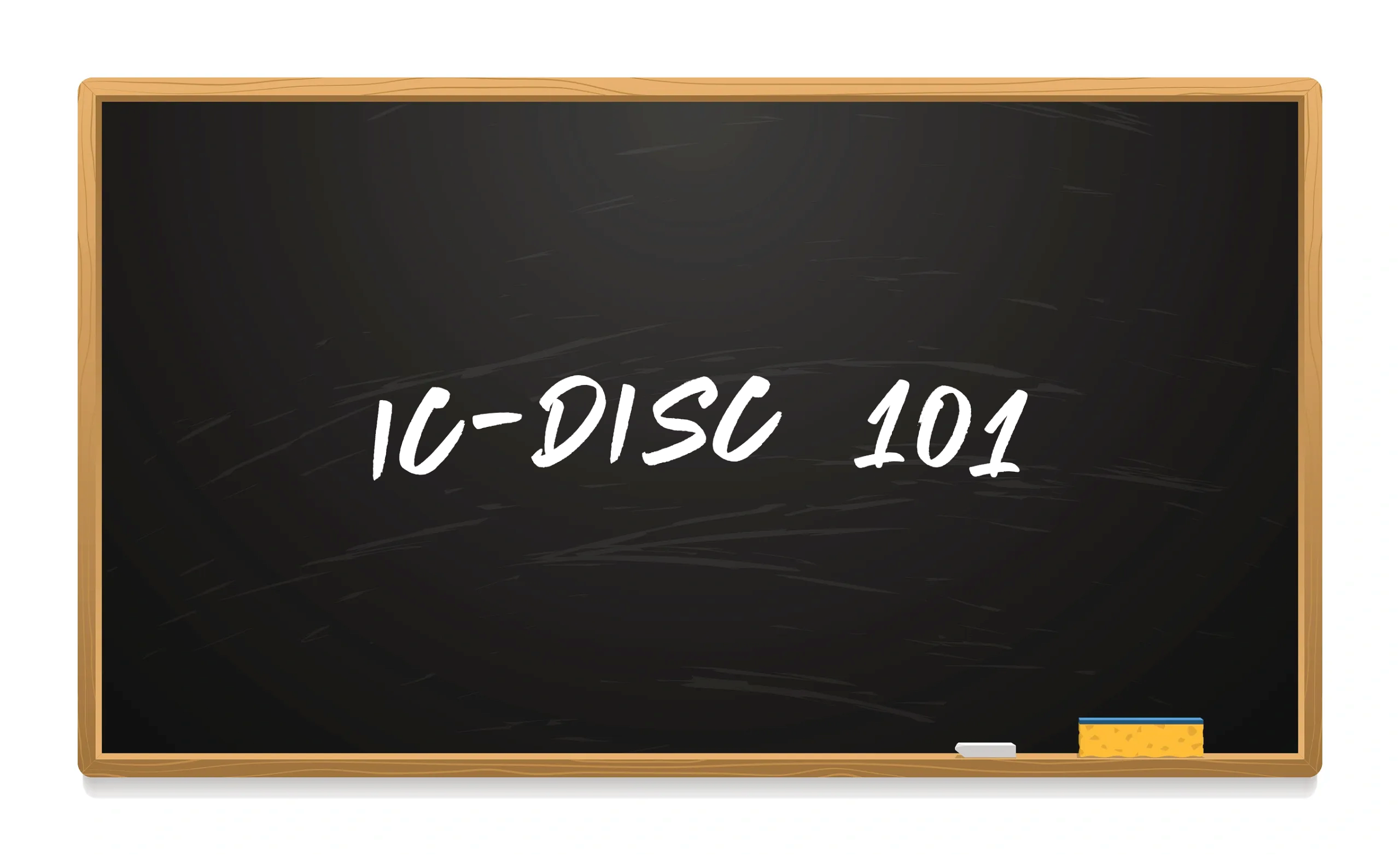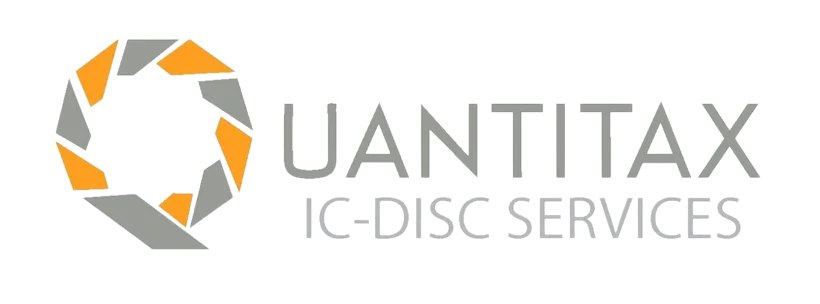IC-DISC BASICS
Learn more about whether you are eligible for the IC-DISC to save you money! For most companies, Quantitax takes the steps to qualify and initiate the IC-DISC with a process that is as seamless as laid out below. When working with our exclusively IC-DISC focused specialists there is no effect on business operations.

What Is The IC-DISC Tax Incentive?
The Interest Charge Domestic International Sales Corporation (“IC-DISC”) federal tax incentive was provided by Congress to aid businesses that sell, license or lease goods for use outside the United States. The items need to be at least partially made, produced, grown or extracted domestically. Certain services also qualify. The IC-DISC has historically had bipartisan support and is the last in a long line of export incentives. Prior incentives have been challenged by our trade partners and subsequently phased out by Congress. However, the IC-DISC remains unchallenged by the EU and other trade partners. The IC-DISC reduces the effective federal tax rate on a large portion (at least half) of qualified income taxed at the top ordinary rate (29.6% to 40.8%) down to 23.8%. This is an immediate and permanent tax savings. Use of the IC-DISC is recommended by the U.S. Department of Commerce.
How Does It Work?
(click each box for more detail)
Who Can Benefit?
Manufacturers, recyclers, distributors, software companies, farmers, engineers, architects, food processers, brokers, and others can enjoy tax savings if they are making qualified sales. For pass-through companies this is usually done using the structure illustrated above. However, an IC-DISC may be owned directly by shareholders that own or control the related operating company (whether a C-Corporation, partnership, or S-Corp). Most often however, the IC-DISC is owned in this “brother-sister” manner (see Diagram B) because it is the only way to achieve tax savings for a closely held C-Corporation. Passthrough entities also may use this structure for succession and compensation purposes. Use of an IC-DISC with a privately held C-Corporation will eliminate double taxation on the amount of the commission. This is typically the most tax advantageous method for owners to take earnings out of a C-Corporation.
Foreign public companies and individual foreign owners have claimed permanent tax benefits using more aggressive structures. (see below) Domestic public company use of the IC-DISC is rare as no permanent tax savings are realized. Benefits are limited to deferral for such entities.



